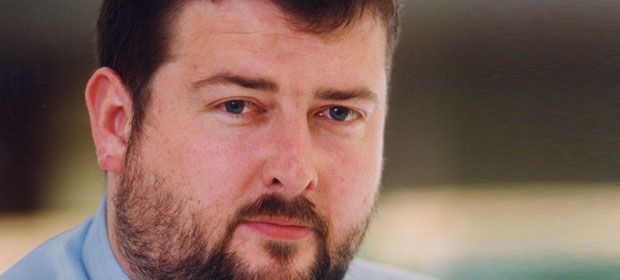We need to change the public conversation about healthcare in Ireland from “where does all the money go in health” to “how much extra can we afford to invest in health to get the services we want,” Mr. Stephen Mulvany, Chief Financial Officer and Interim Deputy Director General of the HSE, told the HMI South Regional Forum in Cork on April 12. Maureen Browne reports.

Mr. Mulvany said this should be done by reaching a shared societal consensus as to where we were delivering value and where we were not, coupled with concrete plans to address problems and long-term certainty about funding, which should be linked to the general economic cycle.
This would involve a real long term plan stretching over 15 – 20 years.
Internally, it would need to be linked with an understanding by management and staff of costs and where unit costs could be safely reduced, while maintaining or improving outcomes.
There was good evidence of the need for sustained additional investment in the Irish health service.
Looking to the future, Mr. Mulvany said there was good evidence of the need for sustained additional investment in the Irish health service, with demographic factors alone adding a requirement for an additional circa €170m per year each and every year “just to stand still.” This €170m annual requirement was separate to any backlog investment issues and separate to any policy, risk, price, technology or other cost drivers.
“To secure the maximum appropriate additional investment in health and social care, consistent with the economic capacity of the country at any point in time, it is necessary for all of us to demonstrate that we are delivering value and probity with the resources that are already entrusted to us. This will require significant work for all of our services and it is the mission of the HSE’s National Finance Division to provide trusted professional support and guidance in pursuit of this necessary investment.”
He said that for 20 years, Ireland’s health spending as a proportion of GDP had been below the average of OECD countries. It then exceeded it for a year or two before falling back again in 2012. Comparisons with other countries were made more difficult by the fact that Irish health spending figures included social care, which was not necessarily so in other OECD countries.
He said that over the previous eight years (2008-2015), government net funding to the HSE was down by about €1.6 billion or 12% from €13.78 billion to €12.1 billion, while activity had increased significantly.
Between 2007 and 2014 total WTE staff numbers in the health services dropped by 13.48%. The largest reduction was in general support staff, which was down over 30% (although this might not represent the full picture as services had been supplemented by external provision). Health and social care professionals had decreased by 13.8%, management/administration was down by over 18%, nursing staff by 12.41% and other patient and client care staff had decreased by over 8%. Medical and dental staff were up by 8.51%.
ED attendances totalled 1.293 million in 2015, an increase of 110,298 on 2014, while there were 3.297m OPD attendances in 2015, an increase of 91,419 on the previous year. In 2015, there were 10.4m home help hours delivered to 47,891 people.
Mr. Mulvany went on to say there was the opportunity for considerable innovation in the health services and major improvements had been achieved in recent years.
Service improvements included:
- A Bilateral Cochlear Implant Service had been introduced in 2014.
- A total of 394 transplants were carried out in 2014 compared to 275 in 2011.
- A total of 223,487 people had been invited to participate in BowelScreen and 76,248 in the Diabetic RetinaScreen Programme in 2015.
- Under the Delayed Discharge Initiative, an additional 238 short stay beds were opened and 14 long stay and 240 transitional care beds funded in 2015.
- Overall compliance with HCAI and AMR infection rates programmes increased from 74.7% in 2011 to 88% in 2015.
- Broad spectrum antibiotic use had dropped from 29.68% in 2012 to 25.99% in 2014.
- The percentage of the Irish population aged 15 and over who were smokers had dropped from 39% in 2009 to 23% in 2015.

